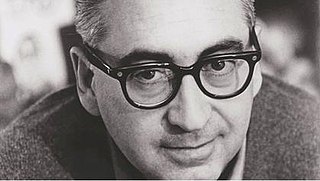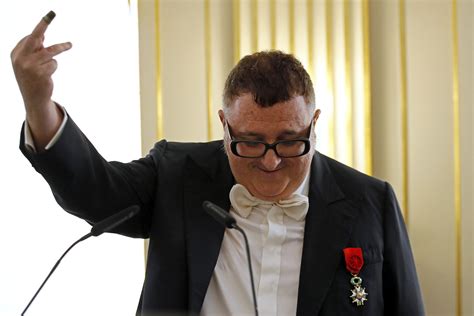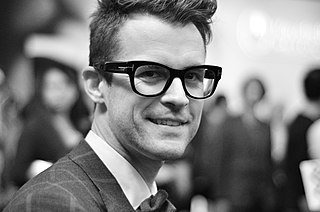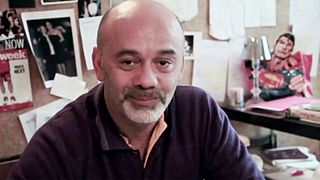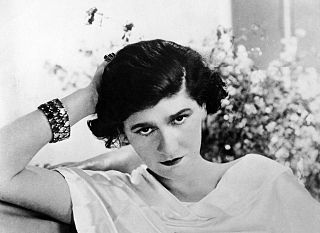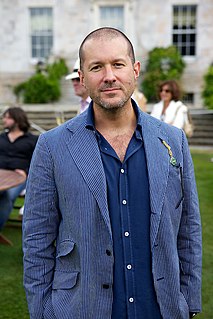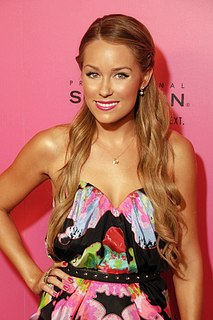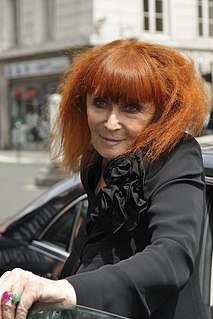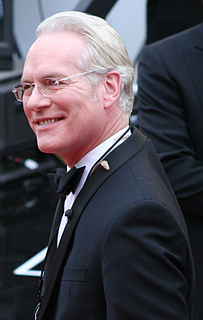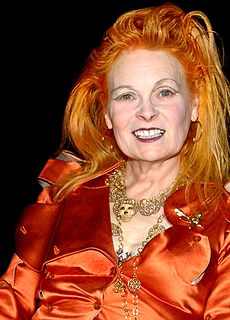Top 70 Quotes & Sayings by Saul Bass
Explore popular quotes and sayings by an American designer Saul Bass.
Last updated on December 23, 2024.
A new 'look' for any organization cannot be a papier-mache cover, tacked on with Scotch tape under the heading of 'beautification.' It has to be based on a probing examination of the company and the people who work for it. As a result, the eventual external visual design becomes the graphic extension of the internal realities of a company.
I began as a graphic designer. As part of my work, I created film symbols for ad campaigns. I happened to be working on the symbols for Otto Preminger's 'Carmen Jones' and 'The Man With The Golden Arm' and at some point, Otto and I just looked at each other and said, 'Why not make it move?' It was as simple as that.
When I provided the disembodied arm as the logo for 'The Man With the Golden Arm,' it was the first time an advertising-publicity campaign was based on a single symbol. Until then film companies used a variety of symbols and photographs to cover all bets. The concept of using one logo was mine and Otto Preminger's.
Corporate identity deals with how a company is perceived. When you're working for a company, you try to determine what the optimum perception of them should be and develop a set of objectives that often take the form of reinforcing what's there that's perceived to be desirable and finding a way of dealing with misperceptions.
My initial thoughts about what a title can do was to set mood and the prime underlying core of the film's story, to express the story in some metaphorical way. I saw the title as a way of conditioning the audience, so that when the film actually began, viewers would already have an emotional resonance with it.
